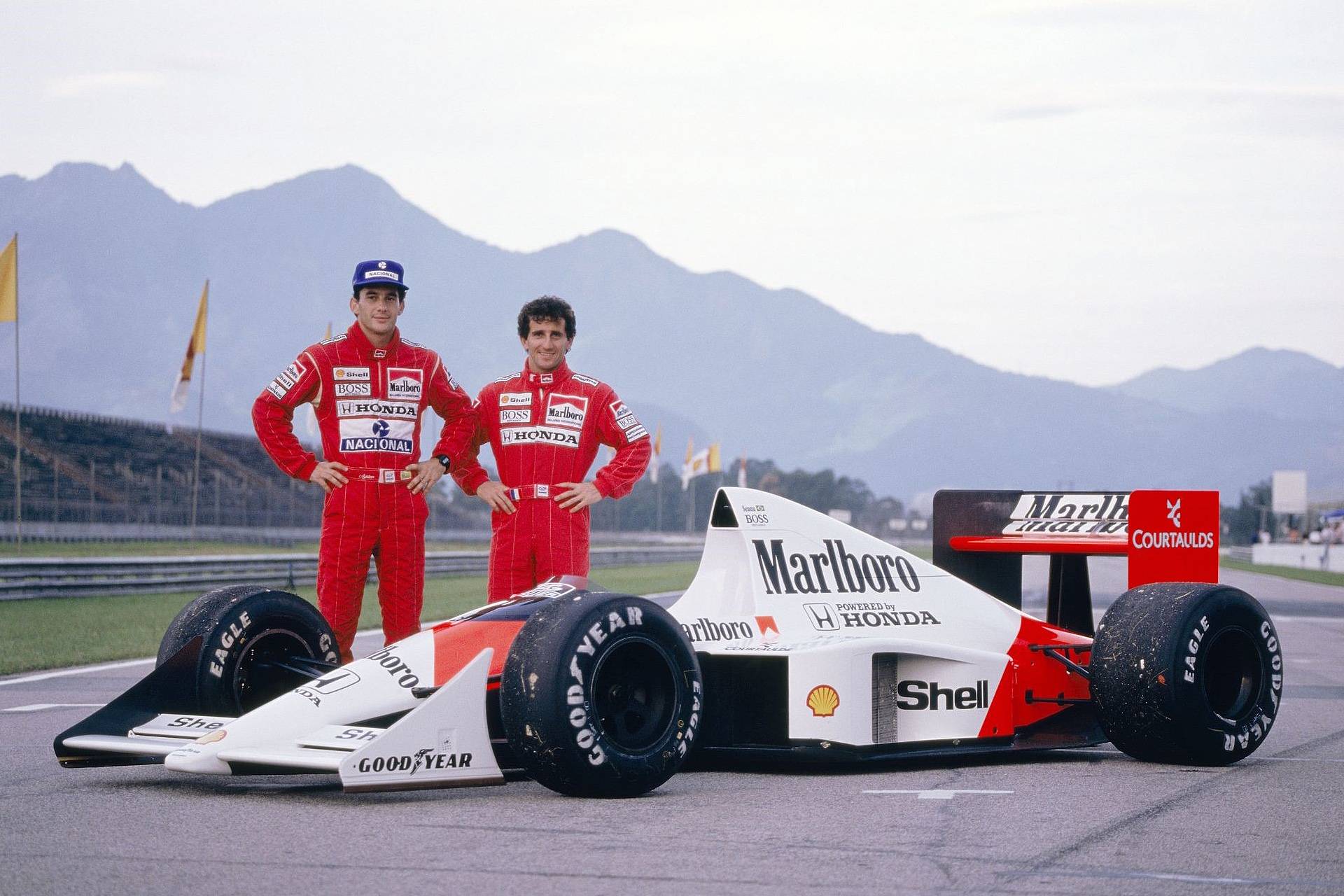Motor Racing History – 3.5-litre Naturally-Aspirated Engines, Active Suspension and Electronic Driver Aids
1989 was another McLaren year but this time the championship was won by Alain Prost. With turbos now banned the other teams were able to reduce their deficit to the Hondas. During the season there were six different winners. With Nigel Mansell joining Gerhard Berger at Ferrari. Many thought his move to Ferrari was risky wondering how he would fit in with the Italian team.
Seeing the very British Mansell at Ferrari must have been very jarring to his fans. So desperate was Ferrari’s desire to return to the top rank of Formula 1 that they had offered the British designer John Barnard, in 1987 an enormous salary and the opportunity to establish a new Ferrari Technical Centre in England. Mansell would be driving John Barnard’s first completely designed Ferrari, the F189, or Project 640 as it was called at Ferrari which featured a seven speed semi-automatic electronic gearbox, the first of its kind in Formula 1.
No Subscription? You’re missing out
Get immediate ad-free access to all our premium content.
Get Started



